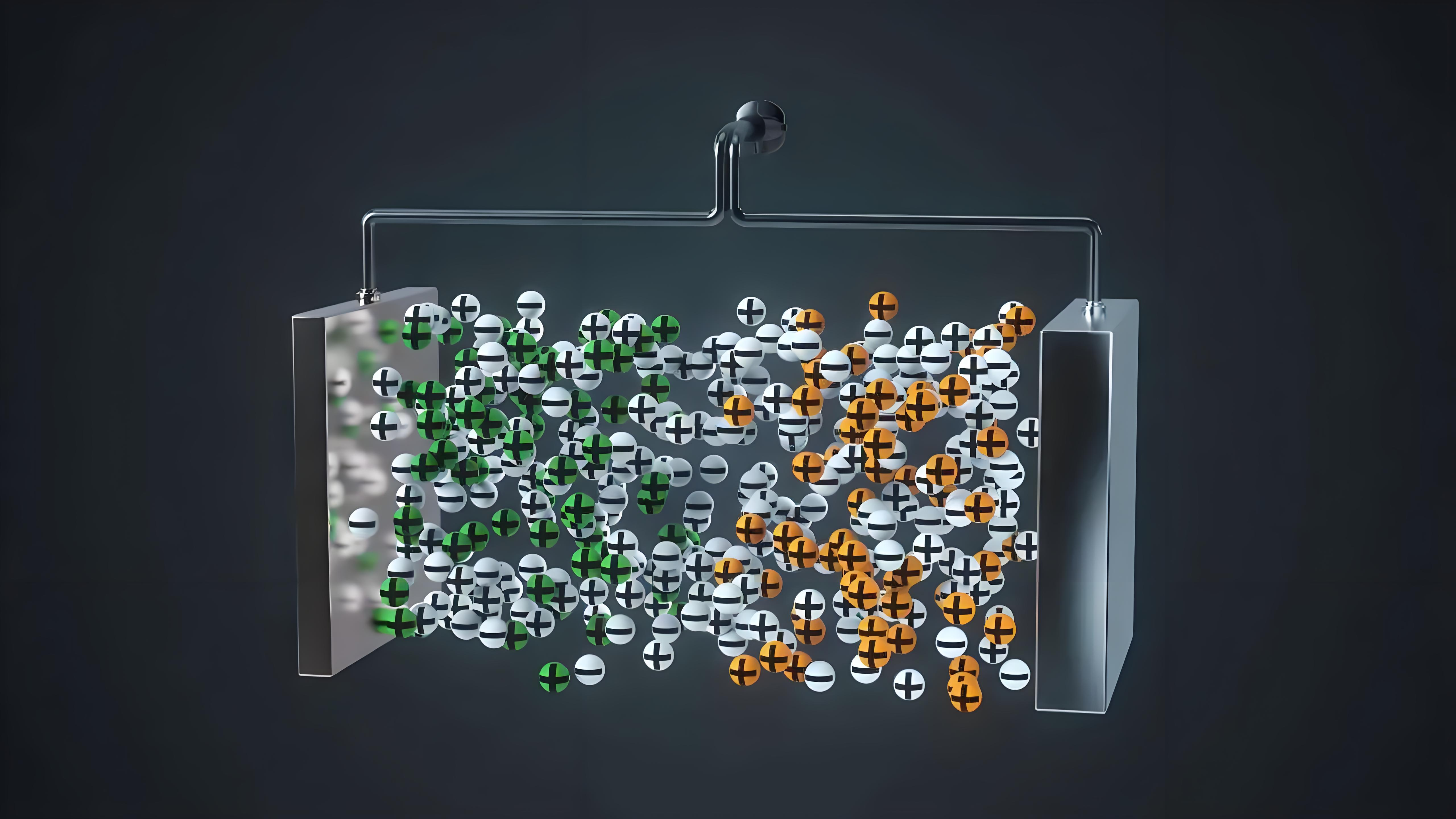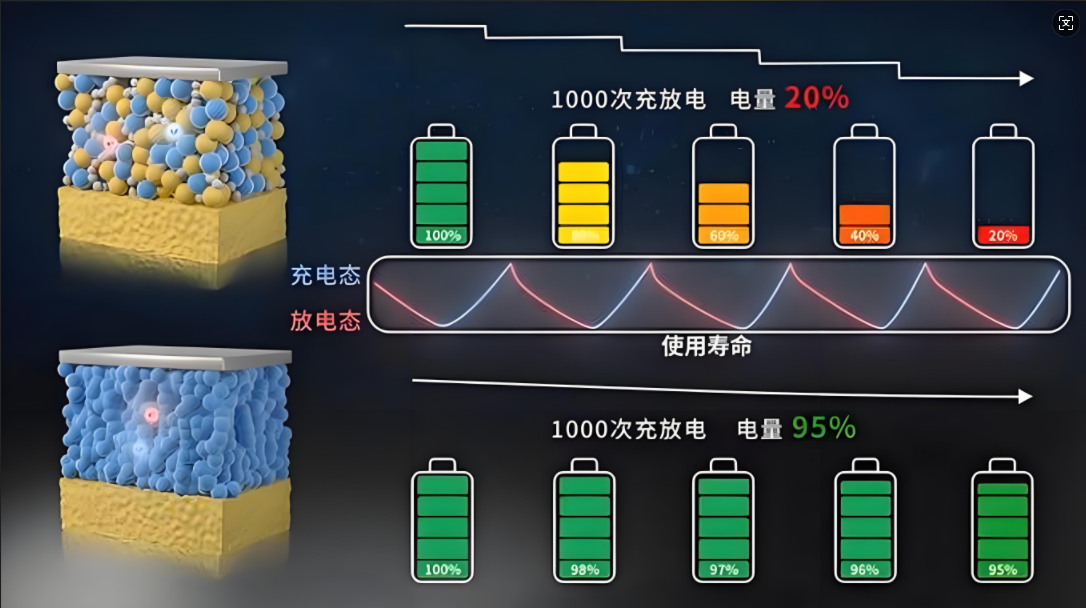News
The life of lithium battery is revealed: how many years can it be used in general?
What Determines Lithium Battery Longevity?
These days, modern power solutions are highly dependent on advanced battery technology, and lithium-based systems are leading the way in the market. When it comes to the operational lifespan of these energy storage units, it usually falls within a range of 2 to 15 years. This lifespan is influenced by a number of technical parameters. The chemical composition is of fundamental importance. For instance, lithium iron phosphate (LiFePO4) cells generally have a longer lifespan compared to traditional lithium-ion cells. In terms of cycle durability, they can outlast their counterparts by 30 to 50%. Additionally, environmental conditions also have a significant impact. If a lithium battery is continuously exposed to temperatures above 35°C (95°F), its capacity degradation can accelerate by up to 25% annually, as opposed to operating within the optimal range of 20-25°C (68-77°F).
Optimizing Charging Practices for Maximum Durability
Building on the influence of technical parameters on battery lifespan, charge management strategies play a crucial role in affecting the electrochemical stability of lithium batteries. Maintaining the charge levels between 20-80% instead of going through full 0-100% cycles is beneficial. This is because it reduces the lattice stress in the cathode materials, and it has the potential to double the cycle counts. Nowadays, advanced battery management systems (BMS) have made significant progress. They now implement adaptive charging algorithms that are able to adjust the current flow according to temperature readings and usage patterns. Another important aspect is that partial discharge cycles are less harmful to the battery than deep discharges. Research has shown that when a battery goes through 30-50% depth-of-discharge (DoD) cycles, it can yield 2-3 times more total energy throughput over its lifetime compared to when it experiences 80-100% DoD usage.

Application-Specific Performance Considerations
While charging practices are important for battery durability, the duty cycle requirements also have a dramatic influence on the practical service life of lithium batteries. Different applications have different impacts on the battery lifespan. For example, solar energy storage systems typically have an operational span of 8 to 12 years. This is mainly due to their controlled discharge rates and the relatively stable thermal environments in which they operate. On the other hand, electric vehicle powerpacks face more challenging demands. Most manufacturers guarantee that their powerpacks will retain 70% of their capacity after 8 years or 160,000 km of use. In the case of industrial equipment batteries used in heavy-machinery applications, they require specialized high-cycle variants. These often incorporate nickel-manganese-cobalt (NMC) formulations, which can balance energy density and also provide the ability to withstand more than 3,000 cycles under high-load conditions.
Maintenance Protocols for Extended Service Life
Given the various factors that affect the lifespan of lithium batteries in different applications, proactive maintenance can play a vital role in mitigating the effects of calendar aging. Quarterly capacity testing is a useful practice as it helps to identify early signs of degradation patterns in the battery. Additionally, impedance spectroscopy can reveal any developing internal resistance issues. When it comes to storage, there are recommended protocols. For inactive periods, it is advisable to keep the battery at a 40-60% charge state and store it in a climate-controlled environment below 25°C (77°F). Moreover, emerging smart monitoring systems are now available. These systems can track cumulative stress factors, such as thermal history and charge/discharge intensity, and are able to predict the remaining useful life of a battery with an accuracy of over 90% in commercial applications.

Common Misconceptions About Battery Aging
Even with proper maintenance and understanding of the factors affecting battery lifespan, there are still some common misconceptions about battery aging. Contrary to what many people believe, occasional full discharges do not inherently damage modern lithium systems. However, they should be limited to calibration purposes only. Fast charging technologies have come a long way. They now minimize electrode wear through pulsed current delivery and advanced thermal management techniques. While physical swelling is a sign of failure in consumer-grade cells, industrial battery packs are designed differently. They often incorporate expansion buffers, which allow them to maintain safety and performance without being compromised by swelling.
Future Developments in Battery Longevity
Despite the current understanding and management of lithium battery lifespan, there is still room for improvement, and the future looks promising. Material science breakthroughs are expected to bring about substantial improvements in battery longevity. For example, silicon-anode prototypes have shown a 40% improvement in capacity retention after 1,000 cycles. Research into solid-state electrolytes aims to solve the issue of dendrite formation, which currently limits the ultra-fast charging capabilities of batteries. Manufacturers are also working on developing self-healing cathode structures. These structures are able to repair micro-cracks during rest periods, and they have the potential to extend the service life of stationary storage applications beyond 20 years.


